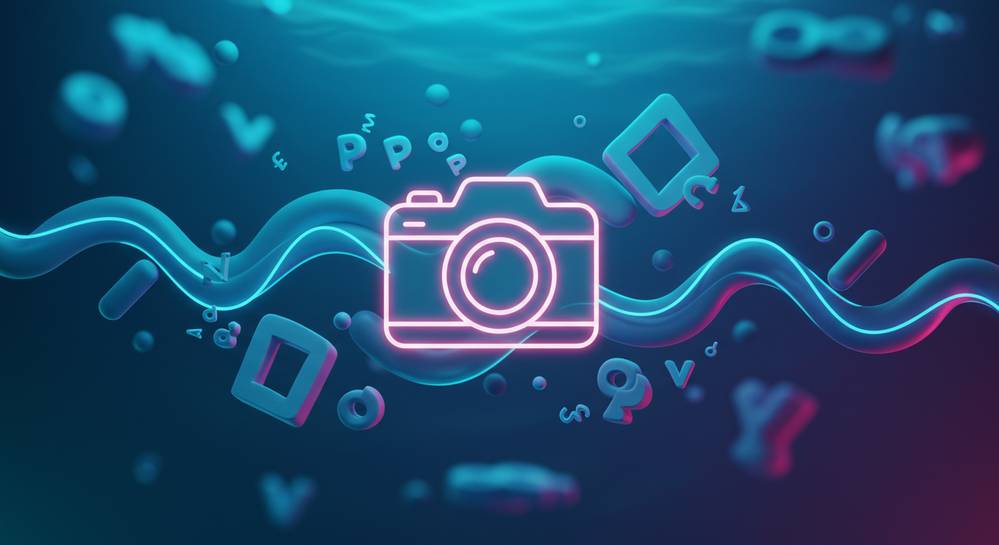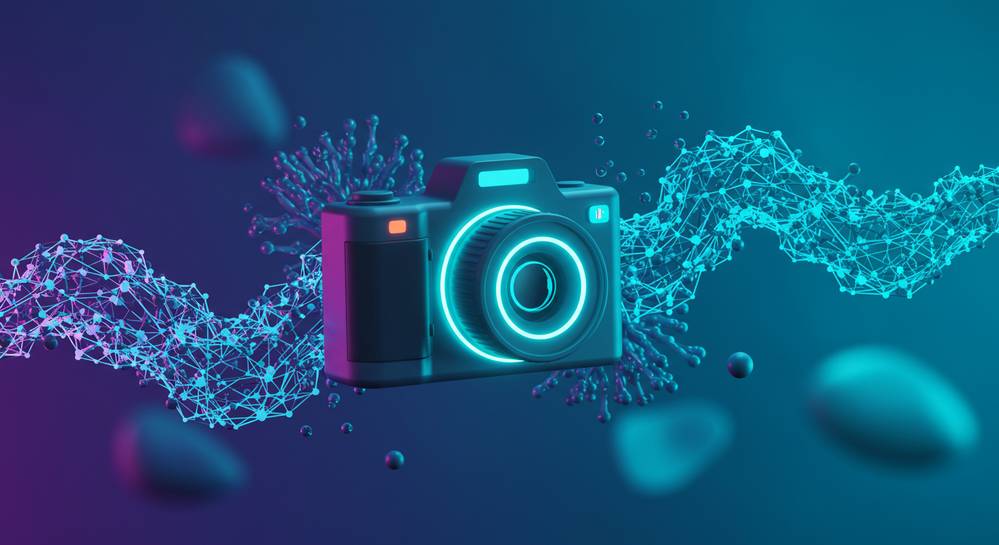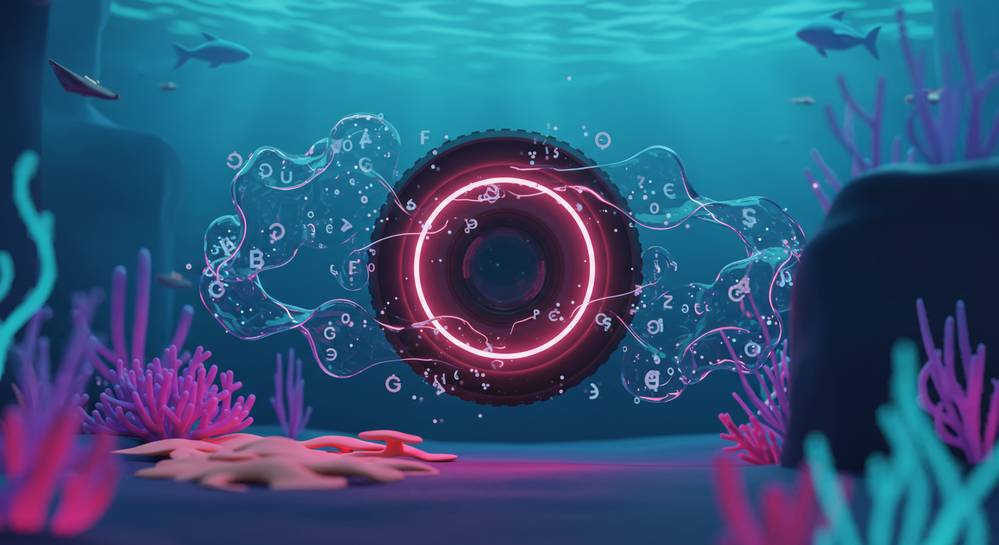Diving into the enchanting realm beneath the waves opens up a world of unparalleled beauty and photographic opportunities. However, capturing these mesmerizing scenes requires more than just a waterproof camera; it demands specific knowledge and honed skills. This comprehensive guide will equip you with essential underwater photography tips, transforming your underwater adventures into stunning visual narratives. From selecting the right gear to mastering intricate techniques and refining your images, prepare to unlock the full potential of your subaquatic lens.
Choosing the Right Equipment
Exceptional underwater photography tips consistently emphasize the critical role of choosing the right equipment. Your camera choice—compact, mirrorless, or DSLR—directly influences setup complexity and image quality. Understanding each system’s capabilities is paramount for success in marine environments.
Underwater Housings and Protection
A robust underwater housing is non-negotiable, offering waterproof protection and camera control access. Research housings specific to your camera model, considering depth ratings and material quality. Always ensure a perfect seal before every dive to prevent catastrophic damage.
Optimizing Light Solutions
Natural light diminishes rapidly underwater, causing dull, monochromatic images. External strobes or continuous video lights are essential for restoring vibrant color and adding dimension. Strobes provide powerful bursts for stills; video lights offer constant illumination for both photos and video.
Key Accessories for Clarity and Buoyancy
Beyond the camera and lights, vital accessories enhance your setup:
- Sturdy Tray and Arms: Ensures stability and flexible light positioning for sharp images.
- Buoyancy Control Devices: Neutralizes setup weight, aiding maneuverability and stable shots.
- Reputable Brands: Invest in trusted brands for reliability and compatibility.
Mastering Basic Underwater Photography Techniques

Mastering basic underwater photography techniques is as vital as superior gear. Excellent buoyancy control forms the bedrock, enabling calm subject approaches without disturbing marine life or stirring sediment. This foundational skill ensures stable, clear shots.
Getting Closer to Subjects
Proximity is the golden rule of underwater photography. Water rapidly absorbs light and clarity. Minimize the gap between your lens and subject to enhance color, contrast, and sharpness. Fill the frame, reducing the water column light traverses.
Understanding Light and White Balance
Natural light shifts dramatically underwater, often casting blue or green hues. Manually adjusting white balance corrects these color casts. For deeper dives or true color rendition, external strobes are indispensable. Position strobes to illuminate subjects evenly, minimizing backscatter.
Composition and Focus Strategies
Apply standard photographic composition rules to underwater scenes. The rule of thirds, leading lines, and natural framing enhance visual appeal. Utilize camera’s autofocus points effectively, often targeting the subject’s eye for critical focus. Patience and observing marine life behavior are crucial.
Exploring Advanced Underwater Photography Strategies

Elevating your underwater photography tips from basic to advanced requires a strategic shift. Once comfortable with foundational techniques, delve into sophisticated approaches that expand your creative repertoire. Understanding diverse subjects and environments is key to unlocking stunning imagery.
Macro Versus Wide-Angle
Advanced photographers choose between macro and wide-angle techniques. Macro photography focuses on intricate, small subjects like nudibranchs, demanding precise lenses and lighting. Wide-angle captures expansive reefscapes and large marine animals, benefiting from strong, even illumination. Each style requires dedicated equipment and a distinct photographic eye.
Managing Backscatter and Clarity
Backscatter, illuminated particles in the water, can degrade image quality. Minimize this by positioning strobes away from the camera lens, aiming them slightly outward. This creates a light tunnel, bypassing particles between the lens and subject. Shooting upwards into clear water also significantly reduces backscatter, enhancing overall clarity.
Capturing Marine Life Behavior
Patience is paramount for capturing compelling marine life behavior. Anticipate actions like feeding, cleaning, or social interactions to seize dynamic moments. Utilize burst mode for fast-moving subjects. Adjust shutter speed to either freeze rapid action or create artistic motion blur, adding a unique dimension to your shots.
Enhancing Your Photos with Post-Processing

The journey of an underwater photograph extends beyond the dive. Post-processing is a crucial step to transform raw captures into vibrant masterpieces. Effective editing corrects color casts, enhances details, and reveals the true beauty of marine scenes. Industry-standard software like Adobe Lightroom and Photoshop are indispensable for these advanced underwater photography tips.
Correcting Color and Exposure
Underwater images often exhibit blue or green color casts due to light absorption. Utilize white balance and tint sliders in your software to restore natural colors. Meticulously adjust exposure, highlights, and shadows. This recovers lost details and brings depth to your subjects.
Sharpening and Noise Reduction
Water inherently softens images. Apply subtle sharpening to enhance fine details, avoiding artifacts. For low-light or high-ISO shots, judiciously apply noise reduction. This maintains image quality without sacrificing textures, a key among underwater photography tips.
Cropping and Compositional Refinements
Thoughtful cropping refines composition, removing distractions and strengthening subject focus. Experiment with aspect ratios. Straighten horizons as needed. These final touches elevate a good photo into an exceptional one, ready for display.
Mastering underwater photography is a rewarding endeavor that combines diving skill with artistic vision. By carefully selecting your gear, perfecting your in-water techniques, and refining your images through post-processing, you can create breathtaking visuals that truly reflect the splendor of the aquatic world. Remember, practice and patience are your most valuable assets in this exciting pursuit. Dive deeper into your passion and explore more insights at Sport Wave Quest.



